Exhibitions
25 August – 6 November 2022
Transylvania's Hidden Treasures
Ceramics & Textiles from the von Bartha Collection
Highlights | Publication
Transylvania’s Hidden Treasures will be the first major exhibition to present the highlights of Miklós von Bartha’s private collection of Transylvanian folk art, in an unprecedented collaboration with the fashion and interior designer JJ Martin, founder of La DoubleJ. 186 of the most relevant objects have been chosen from the 600 pieces collection of Transylvanian folk art and design that Miklós von Bartha has built over the past 50 years. The rare collection of these ceramics and textiles has been a particular inspiration to JJ Martin, who conceived an entire room of the exhibition.
Transylvanian ceramics have made a fundamental contribution to European pottery. The region’s abundant clay deposits, its late industrialization, the influence of Eastern as well as Western culture, the area’s world of forms, and the long preservation of living traditions characterise Transylvania’s crafts.
The starting point of the collection is a plate from Miklos von Bartha grandparents’ house, which fortunately survived the two world wars intact. Over the past five decades, von Bartha has continuously expanded his collection, which is unique in terms of its abundance and quality and offers the best overview of a folk art that is virtually unknown in this country. The ceramics and textiles were not decorative pieces but were intended for daily use in farmhouses. What makes this folk art so attractive is its design language and ornamentation. It shows us that these simple people created utilitarian objects that go beyond functionality, that were also intended to give them visual pleasure. This “feast for the eyes” is also transmitted to today’s viewers and even to professionals like JJ Martin.
Accompanying the exhibition is a catalog which presents the various pieces on display and roots these within a historical, material, and social framework.
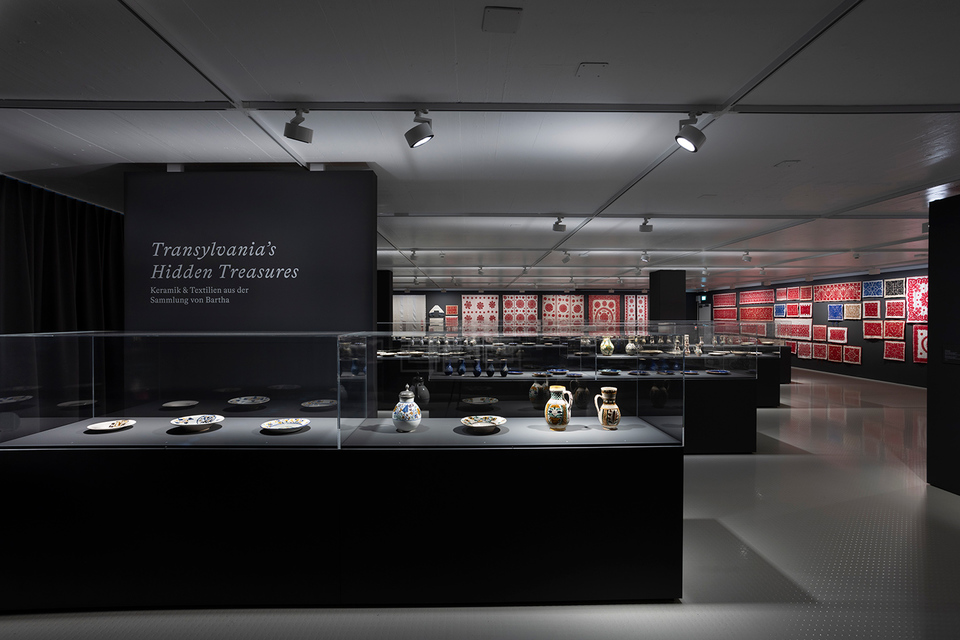

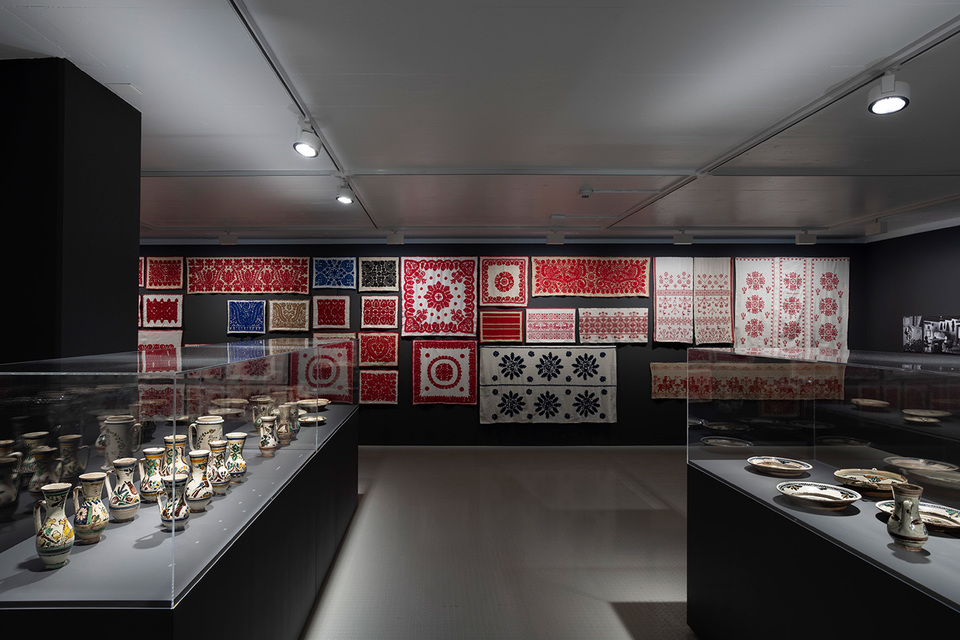.jpg)


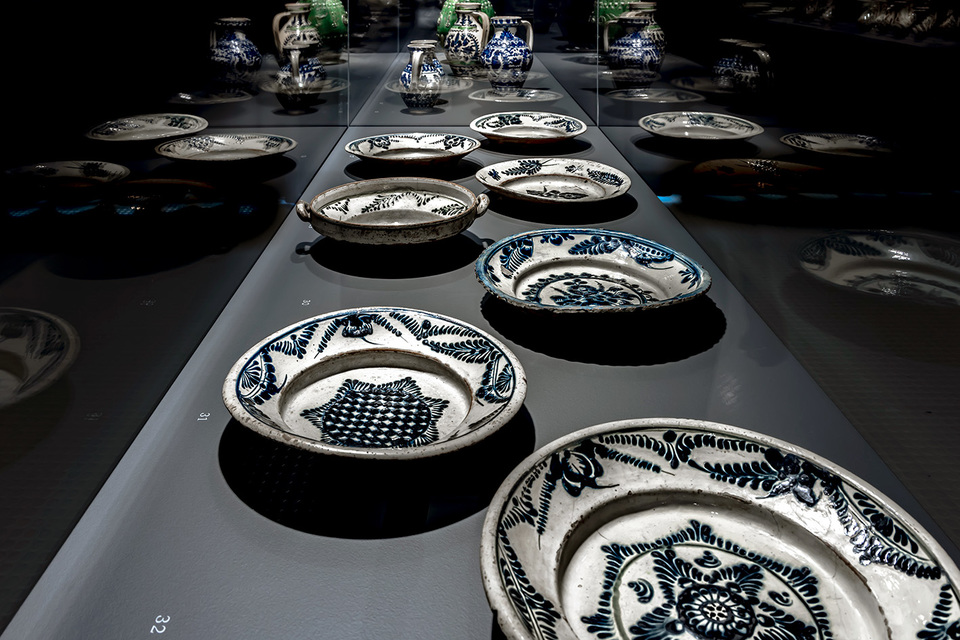.jpg)


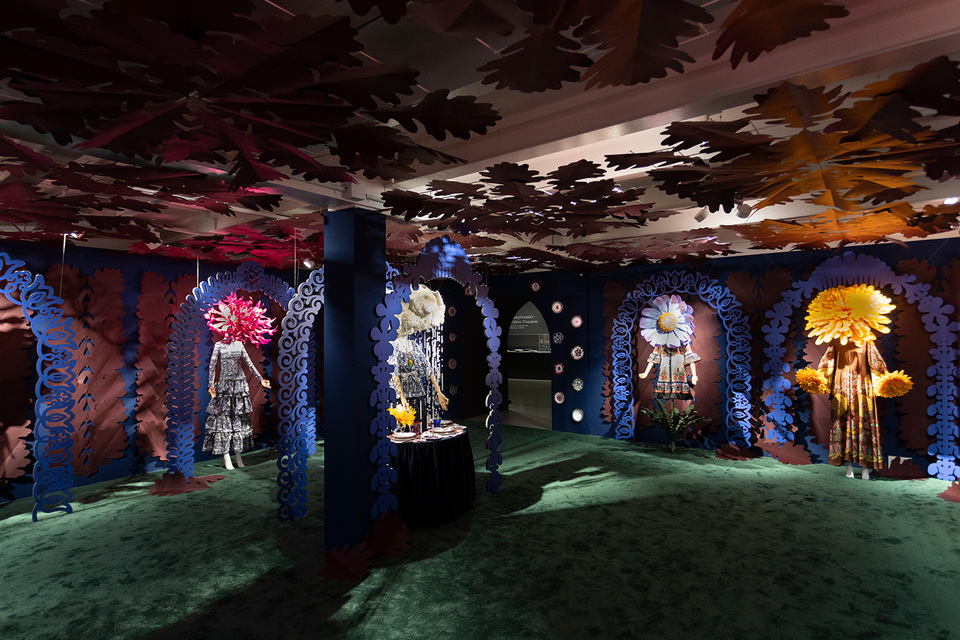
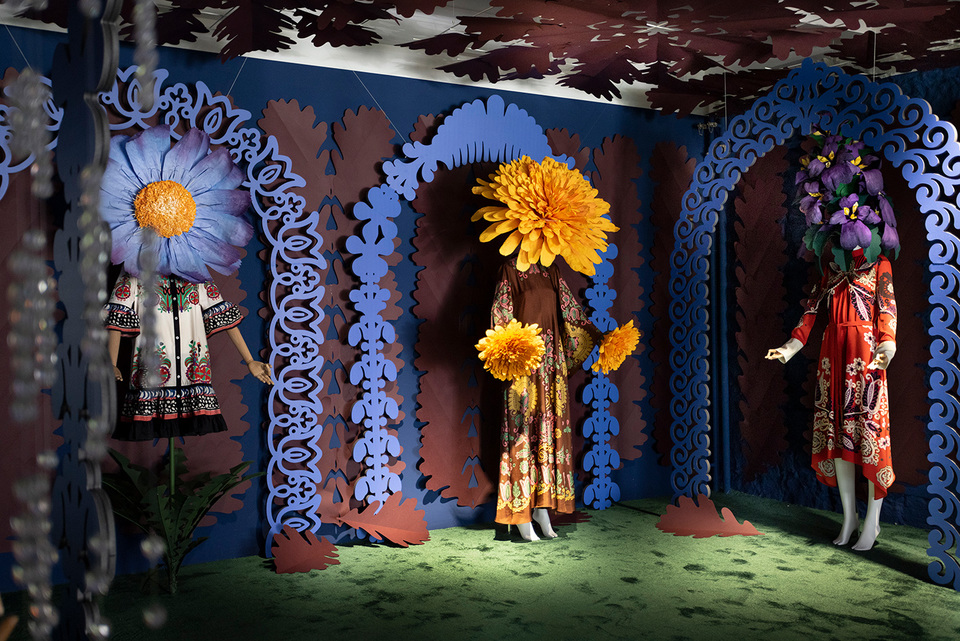
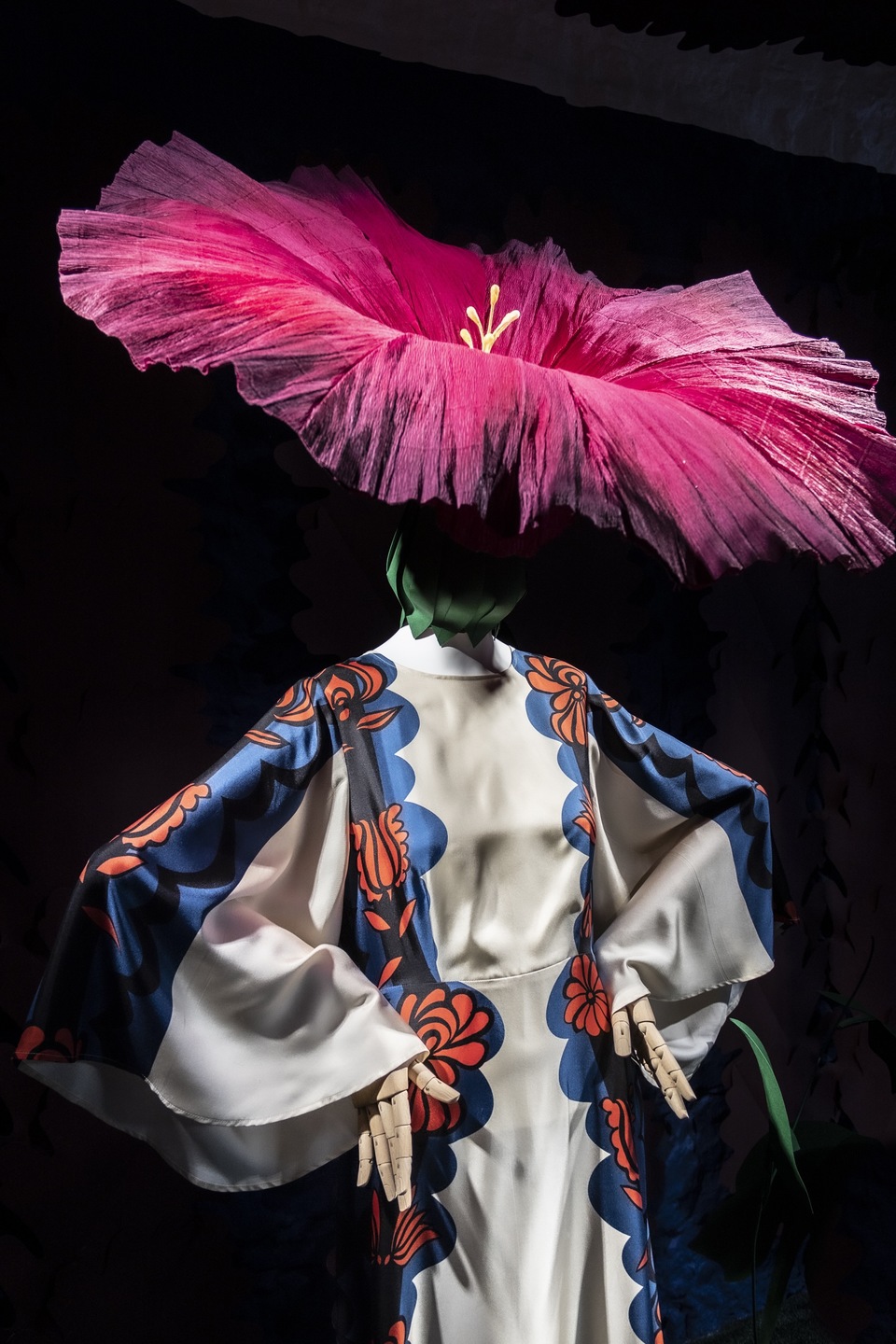.jpeg)